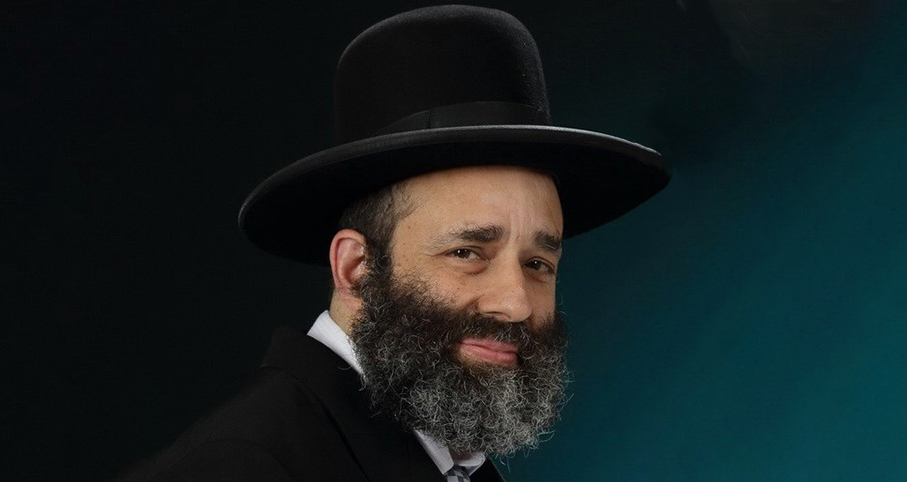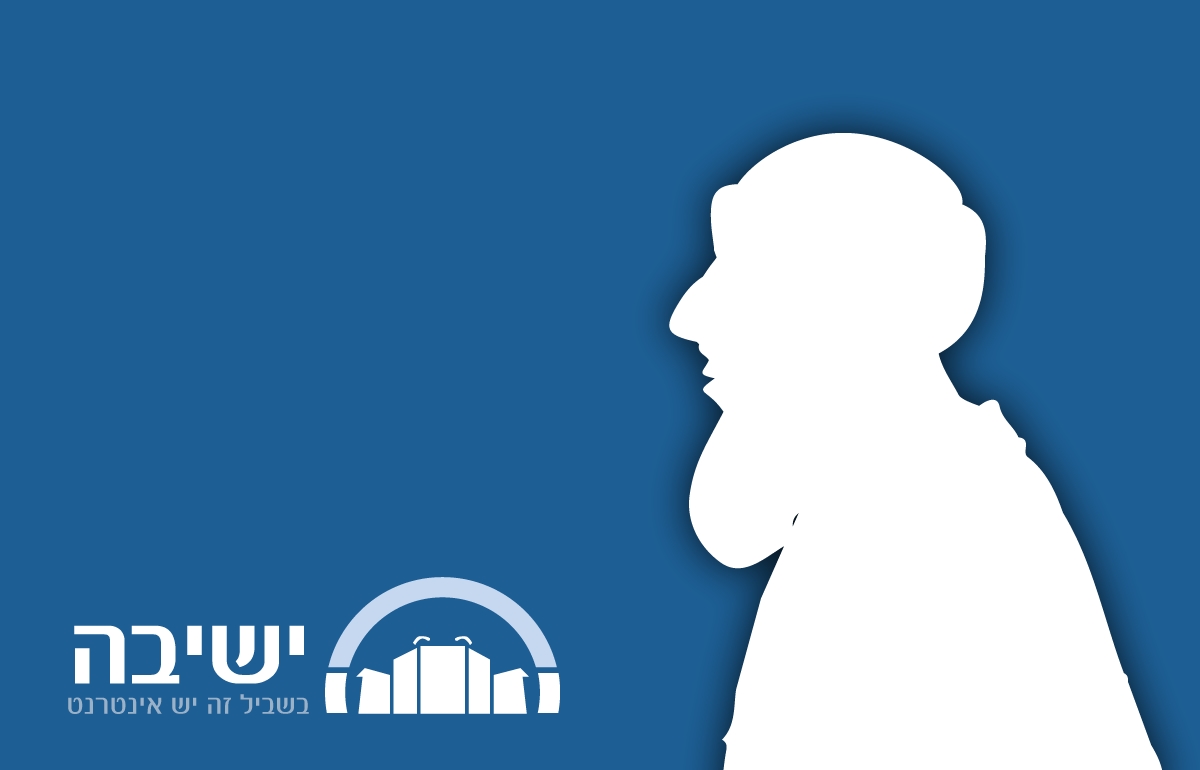The Medrash Tanchuma to this week's Torah portion of Pekudei (the end of Sh'mot) likens the Tabernacle (Mishkan) to the seven days of creation. It cites verses showing that the various elements of the Mishkan correspond to that which was created on each day. For instance, man was created on the sixth day, parallel to the High Priest anointed to serve in the Mishkan before G-d.
The deeper understanding of this comparison can be formulated as follows.
The world was created in a gradual manner, day by day, until it finally reached the creation of man – the ultimate purpose of creation – and the creation of the Sabbath, which signaled the completion of the material works. And the Tabernacle is the next step: the continuation of the creation of this world. Not only does the Mishkan sustain the world and give it the power of its existence; it itself is also another stage in the purpose of creation, embodied in the High Priest offering sacrifices in the Tabernacle to the Creator.
Permanent Mikdash and Temporary Mishkan
And for this King David says in Psalms (26,8) the words that form the basis of this Medrash: "O Lord, I love the habitation of Your house, and the dwelling place [Mishkan, in Hebrew] of Your glory." This verse has two parts, in which the first refers to the Beit HaMikdash in Jerusalem – a fully-built structure – and the second refers to the Mishkan, which is more temporary, roofed with animal skins, yeriot. The Mishkan started off in the desert, serving the nation for its 40-year journey, and was then relocated to Shilo. This is why the verse states "dwelling place" regarding it, because the place of the Mishkan is sacred only when it actually houses it – as opposed to Jerusalem, which is holy even when the Temple is not there.
However, it is precisely the yeriot that stand for the heavens [in the comparison cited in the above Medrash], and they are very connected with the creation of heaven and earth. How so? Because the Tabernacle was the spiritual completion of creation, in being the place where the Divine Presence dwelled within the camp of Israel. Thus, via the Tabernacle, the world became not only a physical place, but a place for the service of G-d.
…
Sabbath Overrides Mishkan Construction
We mentioned that the Sabbath signals the completion of physical creation, and this is linked to the Mishkan and Mikdash as well. For we know that when Moshe Rabbeinu descended from Mt. Sinai after receiving the Torah, he gathered all of Israel together (Sh'mot 35,1) to hear the Divine command to build the Mishkan – which he preceded with the mitzvah of keeping the Sabbath! The lesson was that building the Mishkan does not override the Sabbath – and in fact, every activity that was done in the process of building the Mishkan is precisely the work that is forbidden on the Sabbath.
In any event, we see that there is a deep connection between the Sabbath and the dwelling of the Divine Presence in Israel via the Mishkan. As David writes in Psalm 92: "A song for the Sabbath day, it is good to thank G-d and to sing praise to Your name, O exalted One… For You have gladdened me with Your deeds; at Your handiwork I sing with joy." The Medrash Tanchuma at the end of Parashat Pekudei explains that these "deeds" and "handiwork" refer, respectively, to the Mishkan and to the Holy Temple. The Medrash also relates other verses there to the Mishkan, as explained below.
The Patriarch Yitzchak and our Teacher Moshe
The Medrash also teaches that the date chosen to commemorate the construction of the Mishkan was Rosh Chodesh Nissan, the date on which Yitzchak Avinu was born. In addition, no one was able to actually erect the Mishkan; it kept falling down – because G-d wanted to credit Moshe with the actual construction, as is written: "Moshe put up the Mishkan" (Sh'mot 40,18).
The Sages explain that actually, even Moshe was unable to put up the Mishkan – and G-d finally told him to act as if he was building it, but that He Himself would actually cause it to be built by itself. For as we have explained, the Mishkan is a continuation of Creation, connecting the world to its Creator, and serving as the source of life. And just like Creation is only of G-d, so too is the construction of the Mishkan. The more "physical" parts of the Mishkan – its various utensils – were dealt with by the Israelites and not Moshe; but the exalted Mishkan itself, which is "closer" to G-d, was the domain of Moshe, for it enabled the Divine to dwell within Israel. Only Moshe, whom the Torah terms "the man of G-d," and who received the Torah on high and brought it down to earth, can actually be involved in the Mishkan and its final construction.
Why was the Mishkan built specifically on the birthdate of Yitzchak? Because he was to G-d an "unblemished sacrifice" – the term used by the Medrash to explain why G-d told him to never leave the Land of Israel. His birthday, therefore, is the most appropriate for the establishment of G-d's presence in the world. Yitzchak was the first to offer himself up to G-d, at the famous Binding of Yitzchak, and therefore he is the source for Israel's ability to totally cleave to G-d – the very strength of the Mikdash.
The Wicked Ones Don't Get It
Psalm 92 continues with the idea that "a fool cannot understand [that] when the wicked blossom… it is to destroy them for eternity." The Medrash explains that when the Israelites failed at first in building the Mishkan, the wicked of the generation mocked and scorned Moshe - but they did not understand G-d's ways; they did not know that when wickedness abounds, there can be no perfect dwelling of the Divine Presence on earth. Only when "Your enemies shall perish" and "a righteous man flourishes like a palm tree… planted in the House of G-d, flourishing in the courtyards of our G-d…"
And just like the Mishkan in the desert, so too with the Beit HaMikdash in the future. Just as the Mishkan had to wait until Yitzchak's birthdate, and for G-d to build it Himself, so too in the future when evil is broken, the House of G-d will be established by G-d Himself – and will then last forever, never to be destroyed. Its sanctity will be unique, and will itself guarantee the permanence of the final Beit Mikdash.
The Sabbath and the Holy Temple
Both the Sabbath and the holy Temple service have elements of the World to Come, each one on its own level. This is why Moshe spoke of the Sabbath even before the Mishkan, in order to say that the actions of one should not nullify the sanctity of the other. And the Sages added that the "partner" of the Sabbath is Torah study. They cited the verse, "For from Zion shall go forth Torah, and G-d's word from Jerusalem" (Isaiah 2,3); the deepest expression of Jerusalem and the Temple is G-d's word, the Torah that comes forth from Jerusalem. These three – Shabbat, Mikdash, and Torah – are the "triple strand" that will never unravel.
Translated by Hillel Fendel
- In order to get Shiurim like this every week directly to your Inbox, click here

How Does a Heter Iska Work?
Rabbi Yirmiyohu Kaganoff | 5770

What Bracha Do I Make Before Smelling the Shavuos Flowers?
Rabbi Yirmiyohu Kaganoff | 5772
Koshering the Kitchen-Part One
Chapter Eleven-Part One
Rabbi Eliezer Melamed | 5775
Redemption From Egypt to Redemption Today
Rabbi Berel Wein | Tevet 20 5782
The Sacrificial Service: Coming Close
Rabbi Moshe Leib Halberstadt | 6 Nissan 5785

Example of Shifting Gears to Build a Jewish Nation
Erev Pesach which Falls on Shabbat
Rabbi Ari Shvat | Nisan 5785






